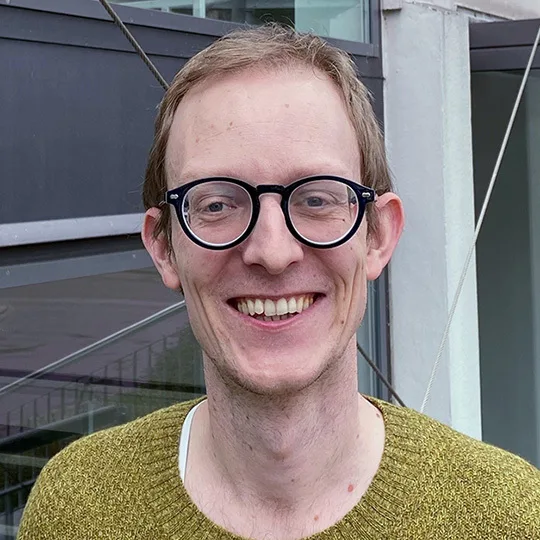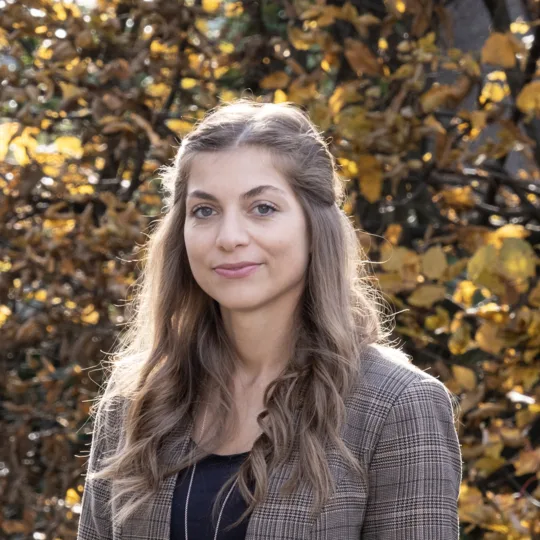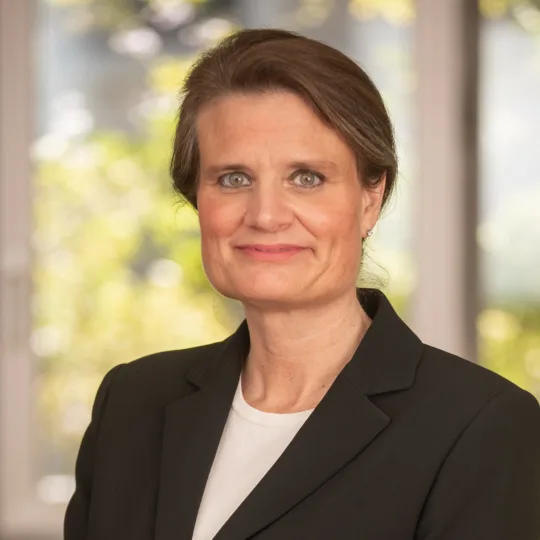Swiss precision for the world's largest radio telescope
The Square Kilometre Array Observatory (SKAO) is an outstanding example of successful international scientific cooperation. It brings together numerous countries working towards the goal of building the world's largest radio telescope. Switzerland has been a member of this research organisation since 2022 and is making a significant contribution to this ambitious project.
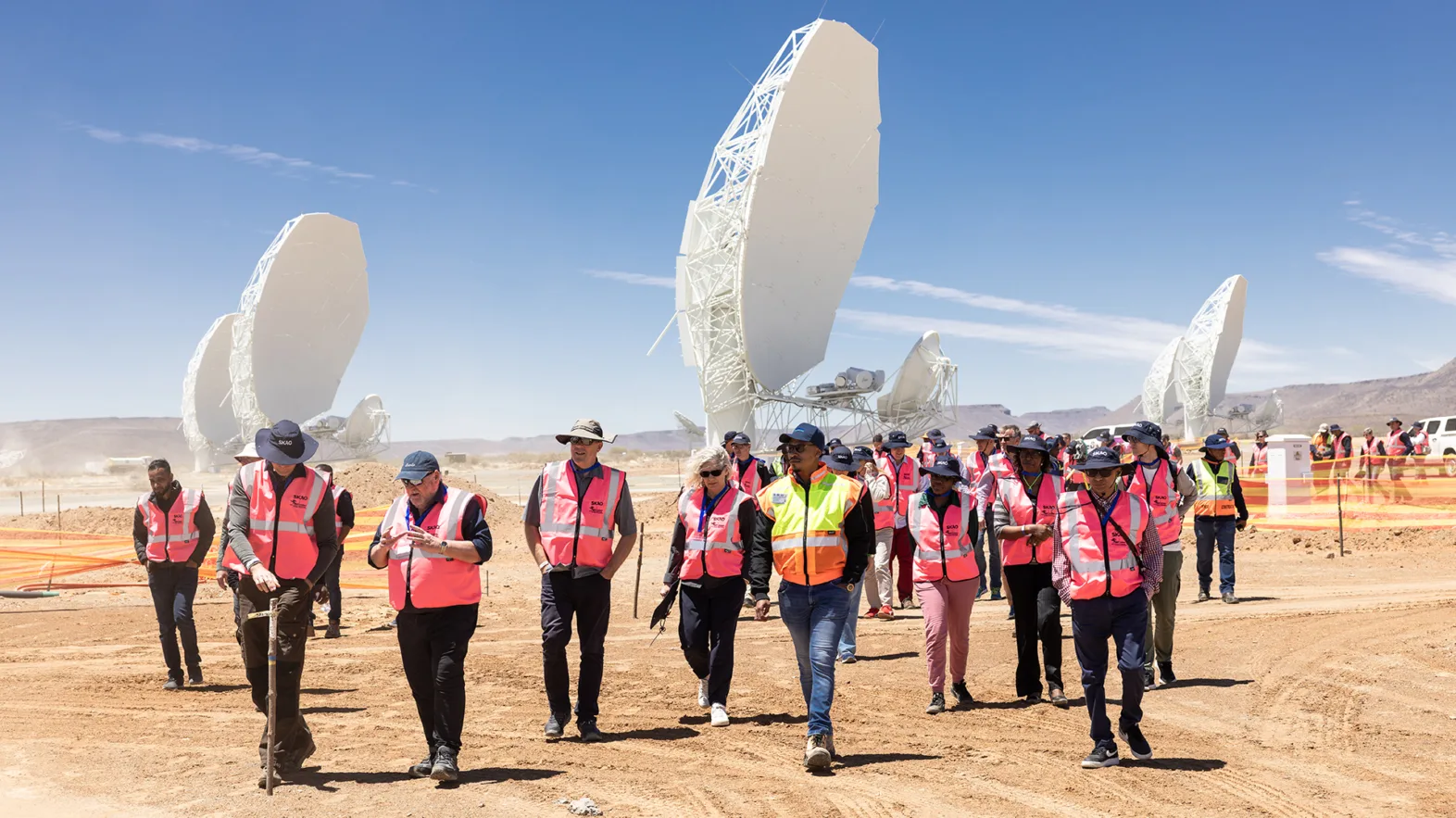
SKAO antennas are currently being built at two sites: by 2030, over 300 antenna clusters will be erected in a spiral pattern over dozens of kilometres in the Western Australian outback. Each cluster consists of 256 identical, simply constructed antennas, resulting in a total of over 78,000 antennas. In the South African Karoo desert, 144 dishes measuring 15 metres in diameter each will be erected. Together, the two sites on two continents will form the most sensitive radio astronomy observatory ever built. Thanks to these highly sensitive instruments, scientists will be able to explore the earliest years of the universe, observe the birth and death of the first stars and gain a better understanding of the formation of the oldest galaxies.
Sensitive instruments
These instruments are also sensitive to human activities, in particular to electromagnetic radiation in the high-frequency range. Some cell phones, for example, emit location signals even when switched off. In the vicinity of the telescopes, these signals are strong enough to damage the built-in sensitive amplifiers.
While the antennas are being erected in South Africa, the MeerKAT radio telescope network, which has been active since 2018, will continue operation. This means that special precautionary measures are necessary. For example, cars or cranes are not allowed on the construction site without first being tested for radio frequency interference. Wi-Fi and Bluetooth are completely prohibited, along with devices such as microwaves and angle grinders.
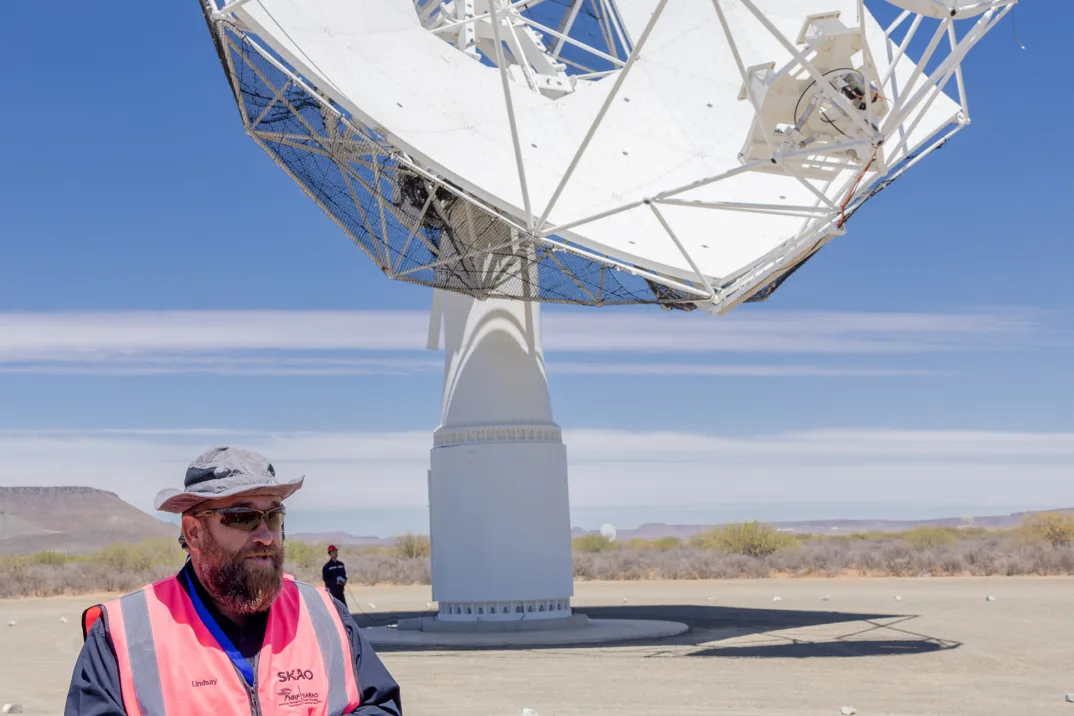
Swiss contribution
The antenna clusters and dishes have progressively been added ever since construction began in 2021. In September 2024, the measurements of two clusters were correlated for the first time, revealing what is known as an interference pattern. Only a few months later, by March 2025, the measurements of four clusters were correlated. This tried-and-tested trick allows astronomers to combine several small, interconnected telescopes to produce a single larger, more powerful telescope in purely mathematical terms. For this to work, all signals need to be synchronised with the utmost precision. This is where Switzerland makes a crucial contribution: the hydrogen maser.
What is a hydrogen maser?
A neutral hydrogen atom consists of two particles: a proton and an electron. Depending on the relative alignment of their intrinsic angular momentum (spin), the atom has a slightly higher or lower energy. In a hydrogen maser, this energy transition is used to generate extremely precise and highly stable time signals. This stability is crucial for multi-telescope radio astronomical observations, since even minimal deviations in time measurements can cause significant errors in astronomical data.
SKAO sources other essential components from Switzerland: over 150,000 high-frequency cables and connectors are going to be built into the antennas in Australia, which will pick up signals from space and relay them to the data centre for post-processing. Developed in Switzerland, these high-quality components will reliably transmit data used for subsequent analysis by researchers in Switzerland and elsewhere.
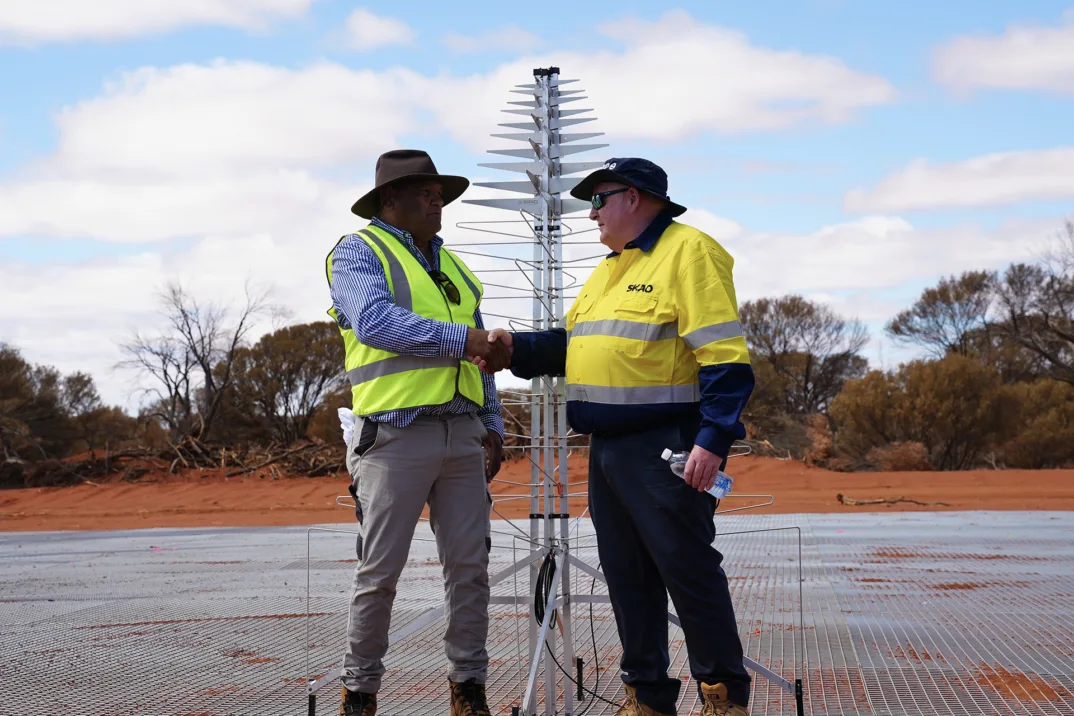
On a visit to Zürich
The Council is the SKAO’s highest governing body. It brings together the 12 current SKAO member states and four observer states. The SKAO Council generally meets three times a year to set strategic priorities. Switzerland hosted the SKAO Council meeting in Zurich from 17 to 19 March 2025. The SKA Switzerland Consortium and the State Secretariat for Education, Research and Innovation (SERI) jointly organised and sponsored this event.
Contact
Author
